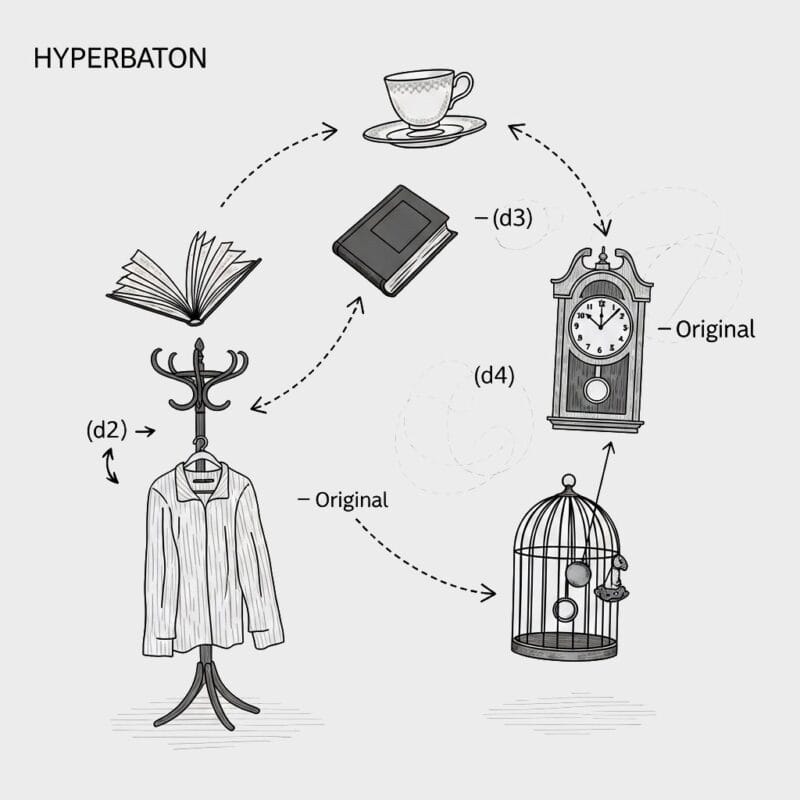A book whose narrative consists mostly of letters, diary entries, or other documents is what is usually referred to as an “epistolary novel.” Several characters’ first-person perspectives are interwoven in the narrative, and a plethora of personal writings immerse the reader in the story. When you read an epistolary book, you feel closer to the characters; while you cannot read their thoughts, you can read the substance of what they are writing about for a select group of readers.
The Latinized Greek word “epistle,” which means letter, is where the adjective “epistolary” gets its name. Letters allow for uninterrupted expression of the author’s thoughts and feelings as well as a dramatic immediacy that would otherwise be lacking. The reader may learn more about the story and characters by reading their textual conversations with one another as compared to third-person narration. With this structure, a narrator may convey powerful feelings while simultaneously keeping some details from the listener.
What are the advantages of using epistolary storytelling as a literary approach when writing a novel? Because letters are the primary means of communication between characters in epistolary novels, each character’s point of view determines how the story is told; the epistolary style has the benefit of enabling readers to see individuals on a much more personal level, which aids in character development. They may bring you closer to the characters than a traditional first-person narrative.
Novels like Dracula (1897) by Bram Stoker, The Screwtape Letters (1942) by C.S. Lewis, and The Color Purple (1982) by Alice Walker are all excellent examples of the epistolary form. Dracula is written in a variety of formats, including a diary, telegraph, letter, and note. In The Screwtape Letters, a well-seasoned devil named Screwtape writes 31 letters of guidance to his young charge, named Wormwood, giving him advice on how to tempt a person. Letter writing allows Celie more freedom of expression and helps her better organize her own sense of self in The Color Purple.
Further Reading
Meaning of Epistolary Writing with Examples by Penlighten
Writing epistolary novels in the modern age by Jen Petro-Roy, The Writer Magazine
Epistolary Novels and Novelists by Nasrullah Mambrol, Literariness.org
The Contemporary Role of the Epistolary Novel by Josie Heaton, FalWriting




